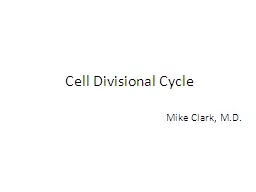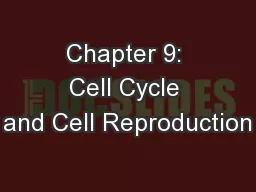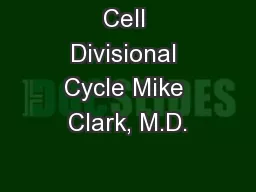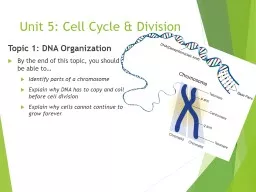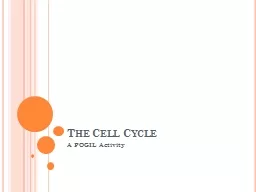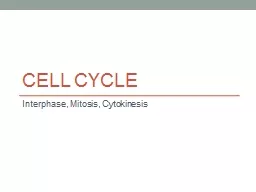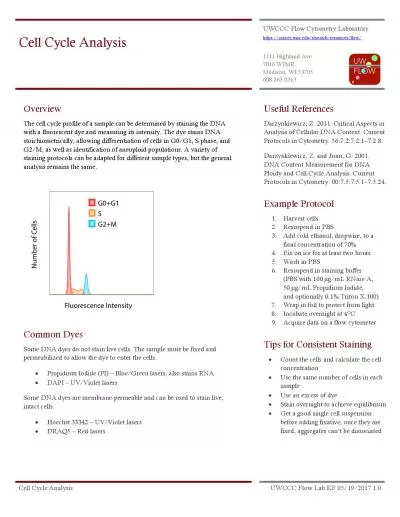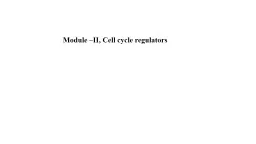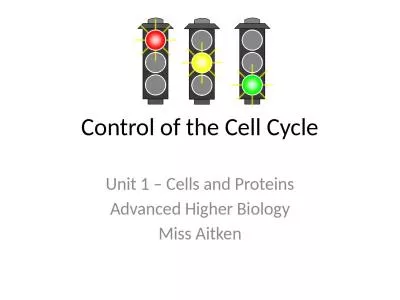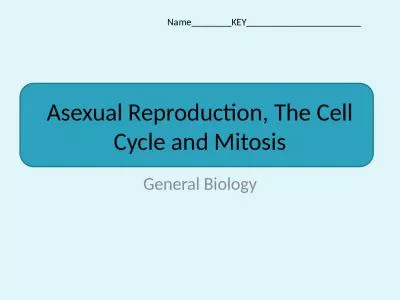PPT-DNA & Cell Cycle Clicker Review
Author : CherryPoppins | Published Date : 2022-07-28
Get a sheet of paper and number 129 Answer are on the last slide 1 were credited for finding the structure of DNA Chargaff Franklin Watson amp Crick 2 What
Presentation Embed Code
Download Presentation
Download Presentation The PPT/PDF document "DNA & Cell Cycle Clicker Review" is the property of its rightful owner. Permission is granted to download and print the materials on this website for personal, non-commercial use only, and to display it on your personal computer provided you do not modify the materials and that you retain all copyright notices contained in the materials. By downloading content from our website, you accept the terms of this agreement.
DNA & Cell Cycle Clicker Review: Transcript
Download Rules Of Document
"DNA & Cell Cycle Clicker Review"The content belongs to its owner. You may download and print it for personal use, without modification, and keep all copyright notices. By downloading, you agree to these terms.
Related Documents



